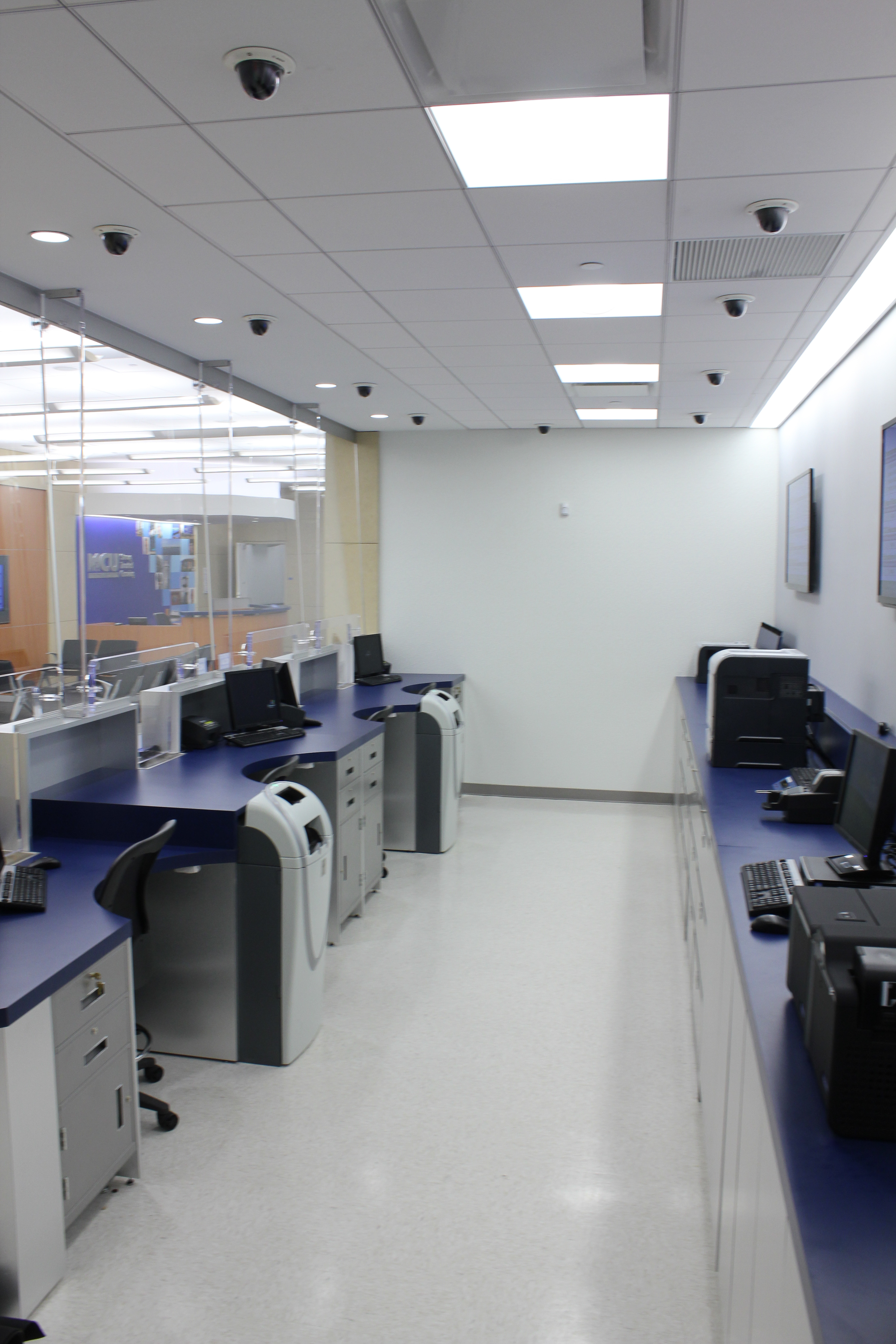 If you are a building or property manager, you know the value of having a retail bank on your ground floor. Not only are banks high-value, stable tenants, they can serve as an attractive anchor point for higher end retailers, restaurants, and other lucrative tenants.
If you are a building or property manager, you know the value of having a retail bank on your ground floor. Not only are banks high-value, stable tenants, they can serve as an attractive anchor point for higher end retailers, restaurants, and other lucrative tenants.
At the same time, we’re seeing unprecedented instability in the banking industry. At least one national bank has slashed the number of branches they have nationwide. We’re seeing some regional chains stepping up to fill the newly-opening gaps emerging in the retail banking industry. Credit unions are also experiencing a boom. As a result, prime retail banking space will be highly desirable.
As a property manager, what can you do to attract the retail banking tenant? To best answer that question, you’ll need two things: an understanding of the trends in retail bank construction today and the ability to embrace value engineering.
Trends in Retail Bank Construction Today
We cannot look at trends in retail bank construction today without acknowledging the pressures of the difficult economic environment. While establishing and maintaining a distinct brand identity of course remains a paramount concern, strategic cost-saving has become a priority. The best locations are now the locations that offer the lowest operating costs. This is the force driving the trend toward sustainable construction and energy efficient builds. The drive to contain costs is also behind the increased industry wide shift toward value engineering.
What Is Value Engineering?
Staying on budget has always been one of the greatest challenges in construction management. To counter this challenge, property owners and managers, along with leading contractors, have been turning to value engineering. Value engineering makes strategic use of your contractor’s expertise, procurement resources and relationships, and established professional connections in order to deliver your desired result while significantly containing costs on pre and post construction services.
The Value Engineering process begins with your designer’s plans. Your contractor will thoroughly examine this plan, leveraging their expertise and experience to identify cost saving opportunities. The goal is to deliver an ultimately successful space, fulfilling the wants and needs of the retail bank client, while making the best use of value opportunities in sourcing materials and labor.
After changes to the plan have been reviewed and approved, the build goes forward. An emphasis on Value Engineering makes keeping a job on schedule a top priority. Significant savings can be realized by comprehensive site supervision, especially scrupulous attention to the schedule: expensive sub-contractor downtime is minimized. Outsourcing specific tasks such as demolition can also have a positive impact on the project budget.
Value Engineering the Retail Bank Environment
To create an atmosphere that is warm, welcoming, and offers superior security for bank customers and employees while creating cost savings during building construction and operation, value engineering dictates that we look toward sustainable building options. Making the most of existing natural light, passive heating and cooling opportunities, and LEED certified green building techniques are only a few examples of how retail bank locations can become more cost-effective spaces: attractive to property owners and prospective tenants alike!
